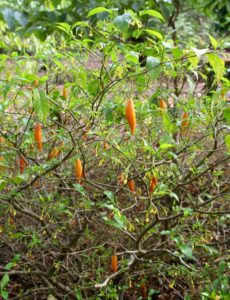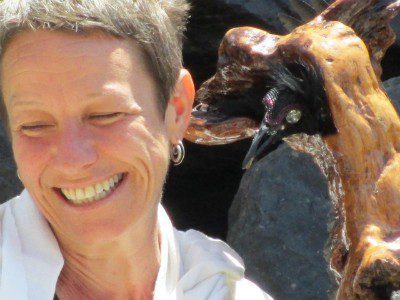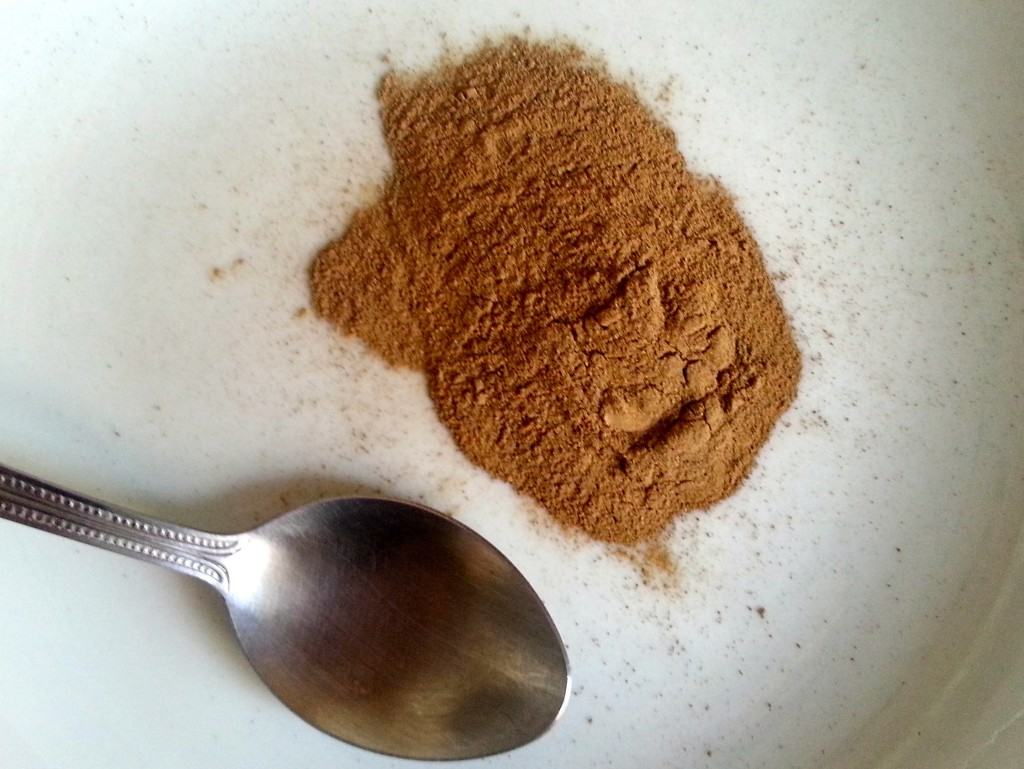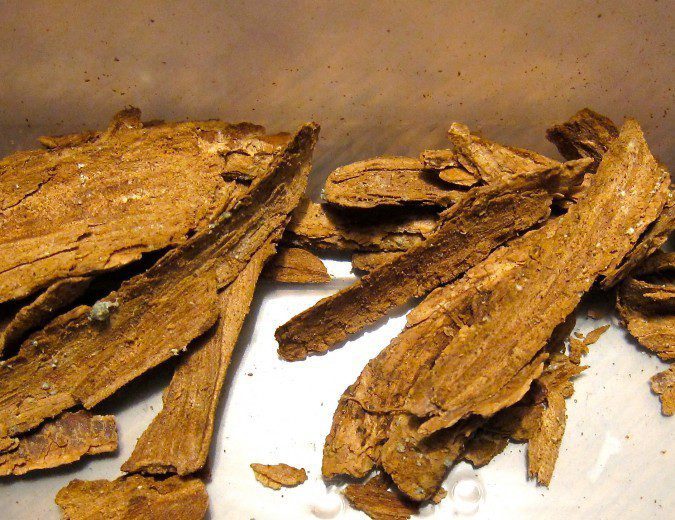When he was 13 years old, Jeremy Sutton’s* mother passed away, and he began drinking alcohol to help cope with the trauma. Liquor became cocaine and cocaine became prescription drugs including oxycontin, Hydrocodone and methadone. By the time he turned 18, Sutton was fully addicted to prescription painkillers. His days were designed around getting a fix.
“Opiates were the ones that really stuck with me,” he says, “because they gave me a sort of superpower to deal with the void of being alive.”
While Sutton and a friend who also abused prescription opiates continually made plans to get clean, these plans never stuck. The friend mentioned an alternative addiction therapy he had heard called ibogaine, but they had no access to the underground treatment. When he was 25, Sutton checked into rehab. It was here that he met a fellow patient who told him about her experience with ibogaine.
“Obviously this person was in rehab, meaning that they had relapsed,” Sutton says, “but their testimonial was incredible.”

Ibogaine is a naturally occurring substance that causes users to experience an intense psychedelic experience that lasts for 24-36 hours, sometimes longer. This treatment clears the brain of addictive cravings while offering deep psycho-spiritual insights. “They made it clear that there’s still a lot of work afterwards,” Sutton says, “but the experience can be profound and can give you the chance to make changes for yourself.”
Derived from the root bark of Tabernanthe iboga shrub, ibogaine is an alkaloid ¾a group of naturally occurring chemical compounds¾ that has been used as a ceremonial sacrament by the Bwiti tribe of Western Central Africa for thousands of years. It has also been used as a treatment for various addictions since roughly 1962, when late medical researcher and former heroin addict Howard Lotsof, often referred to as the “father of ibogaine” discovered its usefulness as what he called an “addiction interrupter.”
Ibogaine has proven particularly effective in treating opiate addiction, with the majority patients requiring only one session. It not only useful in removing the symptoms of drug withdrawal and reducing drug-cravings, but it has also been shown to help users understand and reverse their drug-using behaviors.
Sutton’s fellow rehab patient gave him the phone number of Beverly Weaver, an ibogaine facilitator at a treatment center in Baja, Mexico. Weaver has guided roughly 200 people through treatments during the past six years. Mexico is home to many such centers, as ibogaine is illegal in the United States, as well as various European countries, Brazil and Australia.
While it’s U.S. classification as a Schedule I drug categorizes ibogaine as a highly addictive substance with no medical properties, there is no scientific evidence that it is habit forming. The Internet offers thousands of anecdotal accounts regarding people successfully overcoming drug addictions via ibogaine. Controlled studies of its medicinal properties have taken place in New Zealand and Canada, the documentaryIbogaine: Rite of Passage chronicles its use, and author Daniel Pinchbeck wrote about traveling to Africa for ceremonial work with Iboga in his book 2002 book Breaking Open the Head: A Psychedelic Journey into the Heart of Contemporary Shamanism.
In 2012, the then 26-year-old Sutton flew from his native Houston to San Diego, where a representative from the treatment center picked him up and drove him across the border to Mexico. It was his first time leaving the country, and he was to stay for six days at a total cost of $3,000. (“Most places were pretty pricey,” he says. “This one was the cheapest I could find.”)
Before arriving in Mexico, Sutton had gotten an EKG and a liver panel to determine the health of his heart and liver. Such tests are critical, as ibogaine can kill patients with compromised cardiac and liver function. It’s also vital that patients are displaying visible signs of withdrawal such as pulse increase and sweating.
After settling in at the center, Sutton took a walk on the beach and began his treatment at 4pm. He was first given a small dose to test his tolerance. Within an hour, this dose had alleviated his withdrawals.

“That’s a really lovely experience, Weaver says, “because in about 45 minutes the withdrawal symptoms go away and the person relaxes. It instills confidence in the person that what’s going to happen is actually going to work.”
Weaver emphasizes that it is essential to have a group of facilitators for each patient, as treatments are long and demanding, often multi-day ordeals. “Not just for sleep relief,” she says, “but energetically, if everyone is together rooting for this person, it has a big impact.” Surrounded by facilitators, Sutton ingested gradually higher doses of ibogaine, administered via capsules, until a predetermined dose based on his weight was reached.
“The first thing I experienced was anxiety and a feeling of electricity going through my whole body. It felt like my heart was beating out of my chest, but they took my blood pressure and everything was in order.”
Sutton then descended into the journey. After taking his third and final capsule, he began losing his motor skills. “I couldn’t lift up my head and was very light sensitive. I noticed a buzzing sound, and it felt like someone had plugged me into an electrical socket. My vision became static, like a static television, when my eyes were shut. I became very nauseous and even more scared. I was starting to lose sensation in my body.”
At this point, however, this period of electricity and frantic thinking to a slowed to a visionary state.
“The vision aspect seemed like I was traveling through the corridors of my own brain. The whole time there was a voice saying, ‘It’s okay; we don’t care what you did. We love you. We’ve always loved you.’ It was very frightening because of the circumstances, but there was always something in the back of my head telling me it was okay, and to relax.
Sutton continues: “The vision tapered down into this experience where I could ask myself any question and get an immediate answer that was crystal clear. Seven hours after I took [the ibogaine], I entered the reflective state and felt like I was getting all of the questions I had answered very clearly.” He laid in contemplative silence for another 12 hours.
21 hours after the ordeal began, Sutton emerged from the journey and found that “there was nothing in my head that was bothering me anymore. I cried a lot too. I remember very specifically that the reason I started crying was because I was not being nice to myself. I realized that I needed to start loving myself, and how much I had not been loving myself up until that point.”
Sutton then drifted to sleep. “I felt like I was floating above my body watching myself lay in bed. I woke up the next day feeling sort of beat up and tired, but in the best place I ever had been in up until that point.”

While there is limited scientific research about how ibogaine works, evidence suggests that the substance resets neurotransmitters that have been programmed for addiction via consistent drug use.
“The simple way I like to explain it,” Weaver says, “is that when you do opiates, they touch receptors in your brain. You do them enough to grow an addiction and you form more of those receptors. When there’s no opiates on those receptors, you’ve got a lot of hungry little mouths yelling ‘I want opiates!’ Iboga goes in and heals all of those hungry little mouths and takes them back to their original state so they’re not hungry anymore.”
Weaver emphasizes that ibogaine does not just treat the addiction, but addresses underlying reasons for the addiction such as abuse and trauma. While profound personal insights are gained, it is vital for users to set themselves up for success after the treatment. “Ibogaine will take care of 49 percent of what you have going on,” Weaver says, “and you’re responsible for the other 51 percent.” Twelve step programs, creative endeavors and overall lifestyle changes are all encouraged.
“It’s not going to make you not an addict anymore,” Sutton says. “It’s going to scramble your brain and reset your head in a way that gives you insight into who you are.
Sutton had struggled with depression and anxiety his entire life, and found that his ibogaine session had alleviated these issues along with his cravings for opiates. After another few days in Mexico, Sutton returned home and began the work of incorporating the lessons ibogaine had taught him. He moved into a new house, cut out unhealthy relationships and focused on his passion for making music.
Four months later, though, his anxiety and depression returned. He found, however, that ibogaine had provided him with new tools to deal with these challenges. “I was able to look back on my experience and saw that my brain operated differently when I was done. I was able to think things through clearer.”
The success rates for ibogaine treatment is still largely unknown, as most of the work is done underground. Weaver says that 70 percent of her patients kick their addictions, and that the overall success rate is 40-50 percent. Comparatively, the success rates for opiate addiction treatment at standard rehab facilities remain low.
Despite its usefulness, Ibogaine is still rare. Weaver believes that on any given night, there are, outside of Africa, 3-5 people in the world doing ibogaine. Still, the small areas of forests in Africa which ibogaine producing trees grow are being harvested at an unsustainable rate. Ibogaine can also be extracted from an African tree called Voacanga, which grows abundantly and is easier to plant.
Sutton’s craving for opiates returned five months after his treatment, and which point he did a second session on his own at home, under the supervision of a family member. Such self-treatment is highly dangerous and not recommended. “I know people who have done it DIY,” Weaver says, “and now they’re dead.”
While Sutton admits that these actions were “horrifying”, they seemed to work. He has been clean for two years and is now in Mexico training to be an ibogaine facilitator.
“The problem that was eating my life up is pretty much gone. Ibogaine was a teacher that told me what needed to be done and to do with the knowledge it gave me what I would.”
